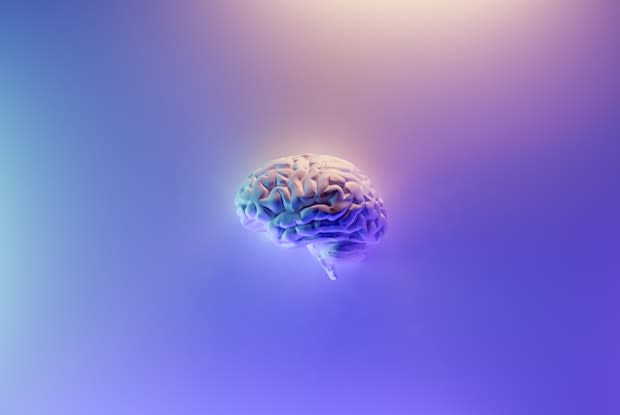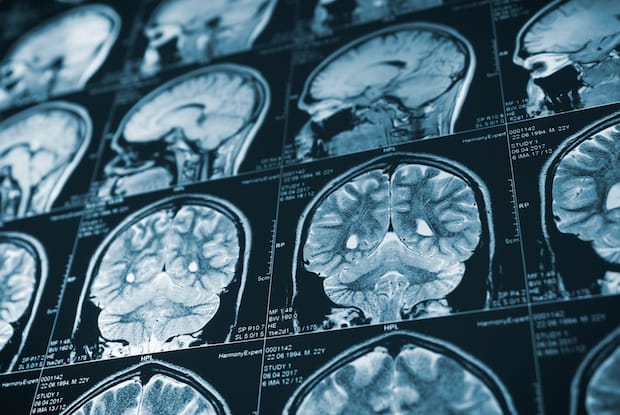Table of Contents
c. External Causes of Seizures
What is a Seizure?
A seizure is a sudden and uncontrollable movement, feeling, or change to your behavior. There are many different types of seizures that vary greatly in their symptoms and their severity. While more severe seizures may involve convulsions, foaming from the mouth, or rapid muscle shaking, other seizures may appear as if someone is staring into space.
Seizures typically last between 30 seconds and two minutes. Medical assistance is required for any seizure that lasts longer than five minutes. [1] If people have more than one seizure without a specific cause, then they are likely suffering from epilepsy. People that have epilepsy typically have the same type of seizure each time. This means that their symptoms are usually consistent. [2]
Seizures can be categorized as either generalized or focal seizures. Generalized seizures affect all parts of the brain and typically involve a loss of consciousness. There are six main types of generalized seizures ranging from barely noticeable to severe convulsions. By contrast, focal (or partial) seizures only affect one area of the brain. The symptoms of focal seizures will depend on which area of the brain is affected and may affect motor, autonomic, emotional, or sensory skills. [3]
While seizures are often associated with epilepsy, they have many possible causes. Keep reading to learn about what causes seizures and how they can be controlled by medications, including Keppra (levetiracetam) and Dilantin (phenytoin).
Brain cells communicate with each other by sending electrical impulses through the nerves in the cells. Seizures can occur when there is a problem or a disruption to these electrical impulses. There are several possible causes for these disruptions. Epilepsy is the most common cause of seizures. [1] It is a common neurological condition that affects roughly 3.4 million people in the United States. Around one in every 26 people in the US will develop the condition at some point during their lives. [4] The cause of epilepsy is unknown in approximately 60 percent of cases. [5] However when doctors can pinpoint the cause of epilepsy, it is often the result of a brain injury. As well as obvious head injuries, the brain can also be damaged by conditions such as brain tumors, stroke, infections, tuberous sclerosis, or unusual levels of sodium or blood sugar. [6] Epilepsy is most often diagnosed in people under the age of 20 or over the age of 65. For children and young people, the cause is often related to childhood accidents and infections, or birthing difficulties such as low oxygen levels during birth. For people over 65, epilepsy is often the result of conditions such as stroke. [7] Along with epilepsy, some other medical conditions can also cause seizures. There is some overlap between conditions that cause seizures, and conditions that cause epilepsy, which then cause seizures. Medical conditions that can cause seizures include meningitis, kidney failure, liver failure, stroke, high blood pressure, brain tumors, low blood glucose levels, electrolyte imbalance, and vascular abnormalities in the brain. [8] Seizures can also be caused by external factors. These factors include: After your first seizure, your doctor may perform several exams to find the cause of the seizure and predict the likelihood of future seizures. People that have had more than one seizure are typically diagnosed with epilepsy. Not all tests for seizures are the same. Your doctor will likely perform tests based on possible causes based on your medical history. As seizures are caused by nerves in the brain, several exams will be performed to the head and brain. These tests include neurological exams, an electroencephalogram (EEG), CT scans (computerized tomography), MRI scans (magnetic resonance imaging), PET scans (positron emission tomography), and SPECT tests (single-photon emission computerized tomography. These tests and scans are aimed at creating detailed views and images of the brain. This allows doctors to predict whether it is likely you will suffer from future seizures. [1] Your doctor may also perform blood or fluid tests if they believe that the seizure was caused by other conditions. These conditions may include infections, electrolyte imbalances, or genetic conditions. [1] Epilepsy is typically treated with anti-epileptic drugs (AEDs). AEDs are not a cure for epilepsy but can reduce the frequency of seizures. Common AEDs include Keppra (levetiracetam) and Dilantin (phenytoin). These medications work by lowering the amount of electrical activity in the brain. Doctors may regularly change medications or their dosages. The goal of treatment is to treat the condition using the fewest and lowest dosage of medications. For people that do not have epilepsy, it is unlikely that they will experience future seizures. However, doctors will attempt to treat the underlying cause of the seizure with treatment options, including prescription medications. AEDs work to completely control seizures in around 70 percent of people that take them. [9] There are procedures available when these medications are ineffective. For people that have focal seizures that only affect one area of the brain, then brain surgery may be an option. A small incision can be made into the scalp and the affected area of the brain removed. Deep brain stimulation (DBS) and vagus nerve stimulation (VNS) are other options available. These are small electrical devices that are inserted underneath the skin. These devices then help to alter electrical signals in the brain. The content in this article is intended for informational purposes only. This website does not provide medical advice. In all circumstances, you should always seek the advice of your physician and/or other qualified health professionals(s) for drug, medical condition, or treatment advice. The content provided on this website is not a substitute for professional medical advice, diagnosis or treatment.
What Causes Seizures?
a. Epilepsy
b. Other Medical Conditions
c. External Causes of Seizures

Treatment for Seizures
a. Diagnosis
b. Medications

c. Other Treatments
